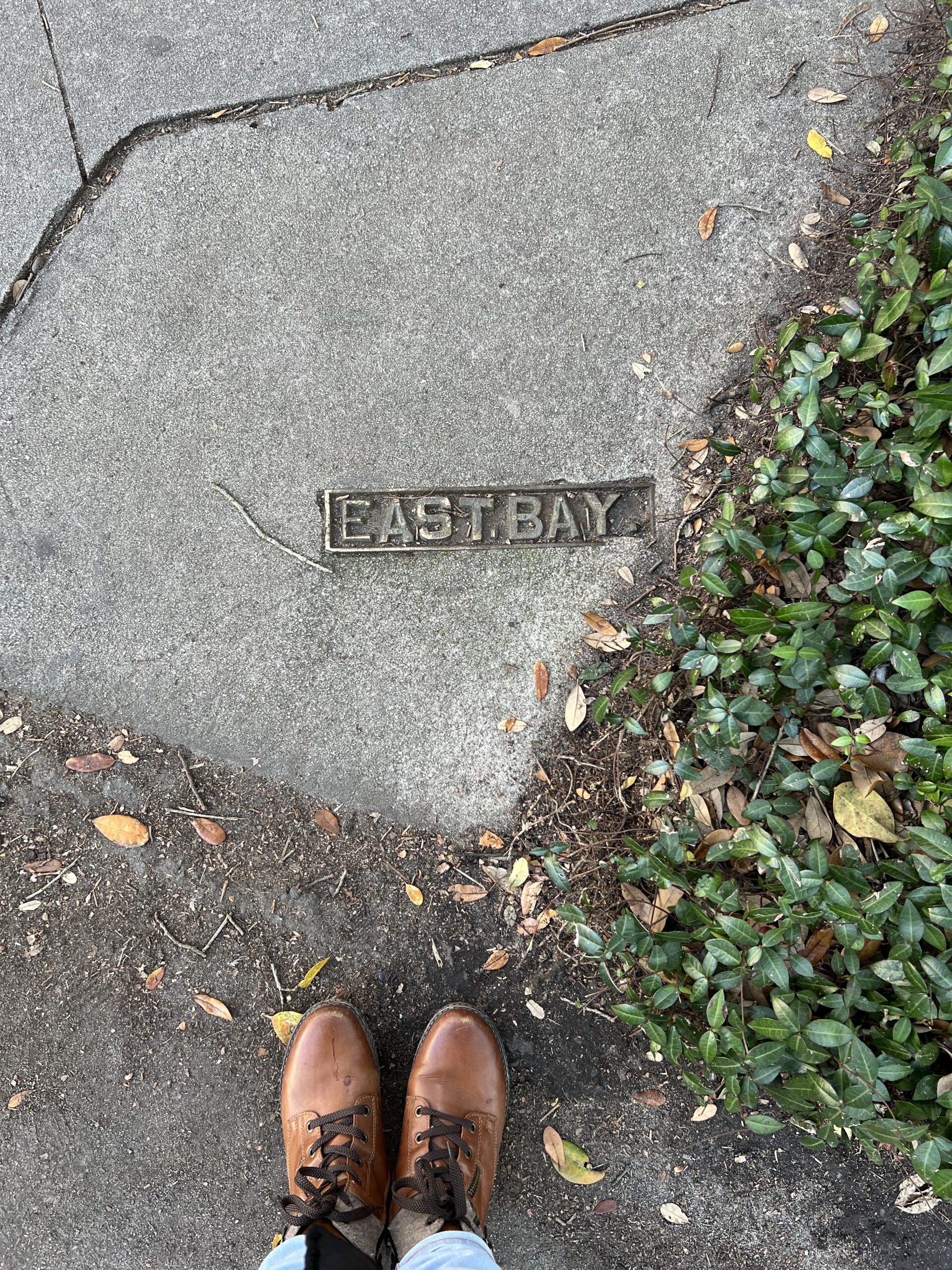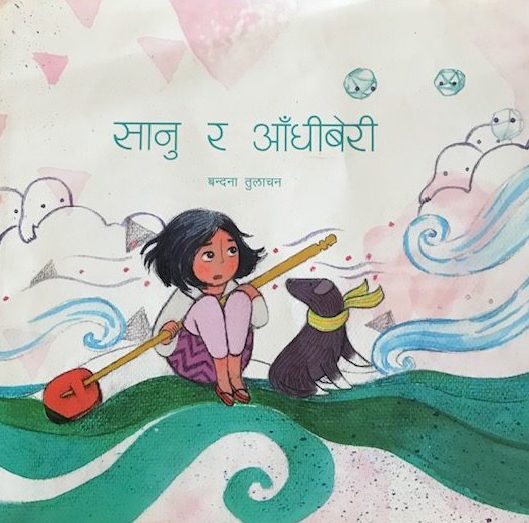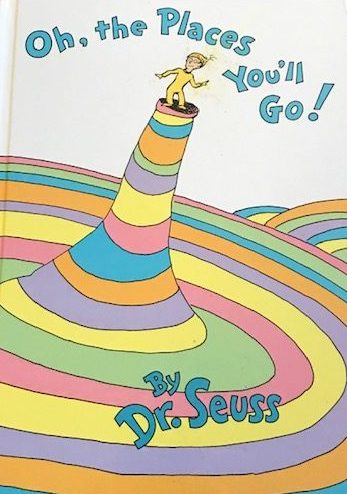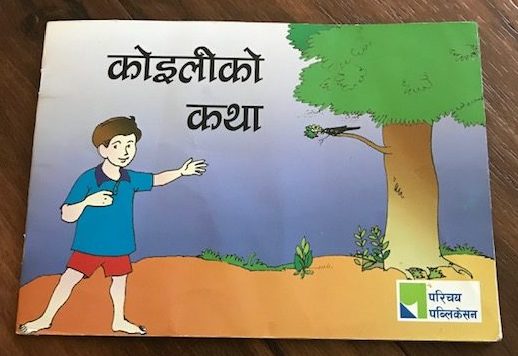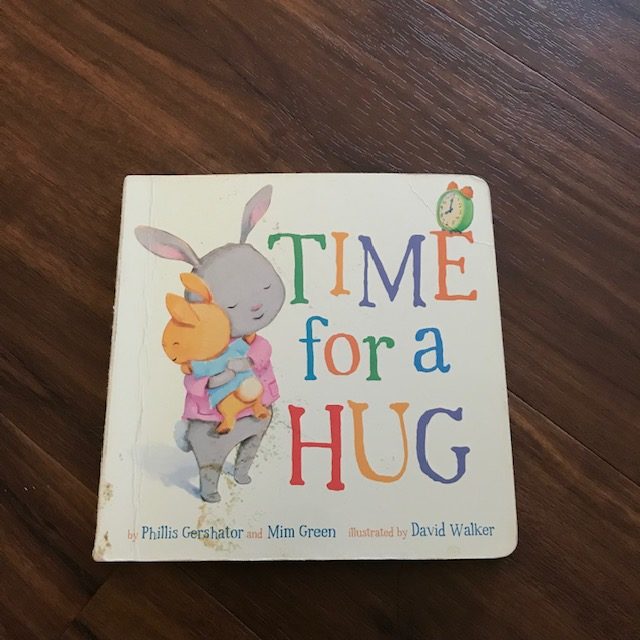For the past few days, I’ve immersed myself in a wide range of Nepali content—everything from protests to political commentary and just about everything in between. With Nepal preparing for elections in less than six months and moving toward the formation of a new government, I thought it would be timely, as part of my quarterly report, to highlight some of the voices I’ve found most compelling—many of whom I’m encountering for the first time.
Sagar Dhakal
As the protests escalated, my anxiety grew, and I found myself constantly glued to updates from Nepal. In that process, I came across Sagar Dhakal. In this podcast recorded two months ago, he shared his data-backed research on what could shape the upcoming elections. He argued that the 2084 Nepali year (2027 AD) election would be a watershed moment—explaining how many long-time party members had grown frustrated with the system, and could potentially pave the way for new leadership.
Since then, Nepal has already seen sweeping changes: a new prime minister, an upcoming cabinet, and fresh plans for elections within six months. Given this momentum, I can’t help but wonder if the shift Sagar predicted for 2084 might arrive earlier than expected. He comes across as genuine, insightful, and forward-thinking—exactly the type of person who could help shape Nepal’s new leadership. I wish him the very best.
Sumana Shrestha
Sumana is not a new discovery for me—I’ve known her since 5th grade, when we were classmates in same school. Having known her since childhood, I feel compelled to share a few observations.
When I saw her during the confirmation of the new prime minister, I believe she had already stepped away from her party. There may be all kinds of allegations directed at her, but what stands out to me is that the person she is today is exactly who she was back in school. She has always carried herself with integrity, and that quality is evident in the work she does now.
She doesn’t need to defend herself—her work speaks for itself. And frankly, I think it’s a blessing that she left her tainted party, because now she has the chance to chart her own path. I wish her nothing but the very best as she moves forward.
Nepali Gen Zs
Amidst everything that has unfolded, I’ve saved the best for last. Gen Z doesn’t always have the best reputation, memes about their habits flood social media daily. But I have to admit: Nepali Gen Z is different. In just a matter of days, they transformed the face of Nepali politics. Tragically, this came at the cost of many young lives. My deepest condolences go out to the families of those who were lost. Their courage was extraordinary. Even now, it feels surreal, almost like watching a film in real life. I can hardly believe it happened. I only hope the worst is behind us. However, an even greater task still lies ahead. In the coming elections, the voices of young people must be heard. We need capable leaders with vision, and without ego, who can truly serve the nation.
As the news began to trickle out last week, it became clear there was no single leader driving the protests. Instead, what stood out were the many voices rising in unity. I was deeply touched by how the protest leaders supported and uplifted one another. Their maturity was evident in how they acknowledged that they were not there to lead, but to demand change. In their voices and in their eyes, it was clear—all they wanted was a better future. That kind of self-awareness is a powerful sign that Nepal’s future is bright, and that they are more than capable of leading the nation when the time comes. My hope is that this truly marks the final revolution, one that ensures no other generation will ever have to sacrifice their lives again. I wish them nothing but the very best.



